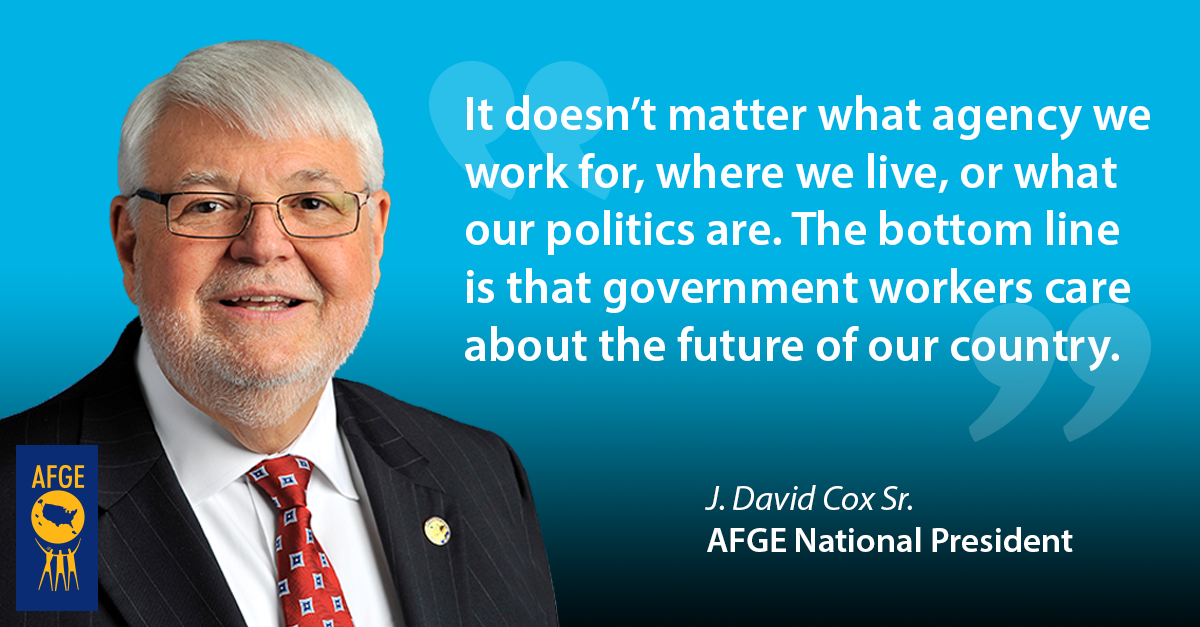
Last week, President Donald Trump instituted a federal hiring freeze with no end in sight. Beyond this, he directed the Office of Management and Budget to develop a long-term plan to reduce the federal workforce through attrition. Here are six facts you need to know about the hiring freeze:
1. This plan takes jobs away from Americans. Rather than bringing jobs back to America, eliminating federal government jobs creates a shortage of good jobs, setting back this administration's stated goals of creating millions of jobs.
2. More than 85% of federal employees live outside Washington, D.C., so this won't "drain the swamp"—it will hit job markets around the country.
3. The plan disproportionately affects veterans, since the government hires more veterans than any other employer. President Trump is eliminating jobs for those who have served our country. This also creates obstacles between veterans leaving the military and achieving gainful employment, a key part of helping them transition back to civilian life.
4. Some 200,000 federal employees leave the workforce each year. Not replacing them will devastate the work they do and the services they provide to the American people. It will mean longer lines at Social Security offices, fewer workplace safety inspections, less oversight of environmental polluters, and greater risk to our nation's food supply and clean water systems.
5. The number of federal employees has been frozen at about 2 million for the past 50 years, while the U.S. population has increased by 127 million (from 197 million to 324 million). The use of private contractors, though, has exploded. Contractors are two to three times more costly than the federal employees they replace, on average. If President Trump really wants to drain the swamp, there are at least twice as many contractors as there are civil service workers.
6. The hiring freeze excludes the military and positions vital to national security or public safety. These positions account for about two-thirds of the federal workforce. That means the hiring freeze will disproportionately affect domestic programs, many of which already have endured severe budget.
At this point, we have to ask why supporters of this plan don't want Americans to work, since that seems to be the primary impact of this approach.

